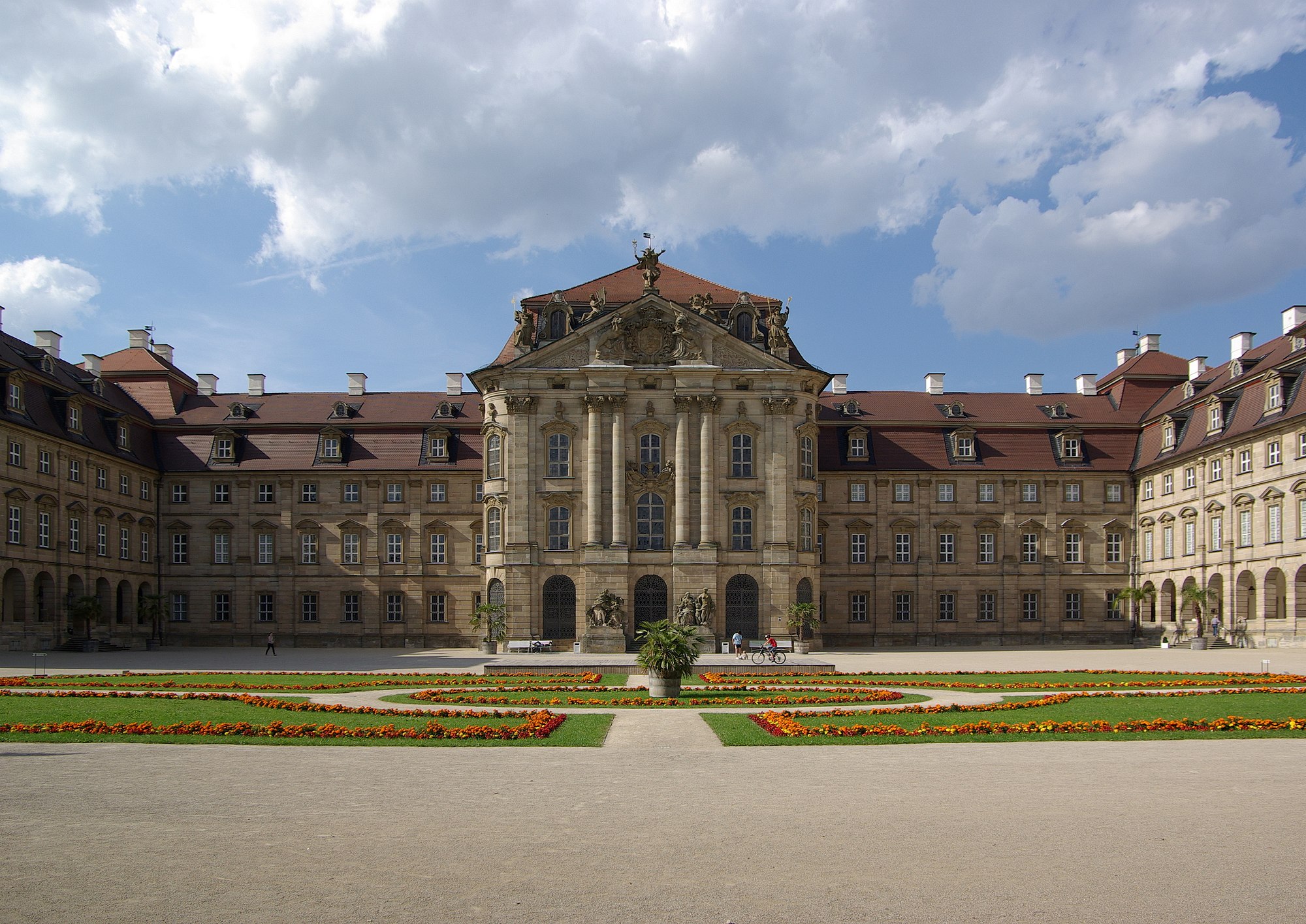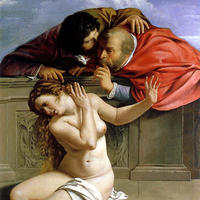More about Schloss Weissenstein
Works at Schloss Weissenstein

Sr. Contributor
Marie Antoinette might never have been born if not for the guy who built this place.
Lothar Franz von Schonborn built Schloss Weissenstein between 1711 and 1719 as a summer retreat. Lothar was Prince-Bishop of Bamberg and Archbishop of Mainz. In those days, the Catholic Church paid really friggin’ well, which explains why Lothar had a double chin that makes Chris Christie’s neck look like Keira Knightley’s.
He also convinced Princess Elisabeth Christine of Brunswick-Wolfenbuttel to convert to Catholicism. This famous beauty resisted her arranged betrothal to Holy Roman Emperor Charles VI because she would have to give up her Protestant faith. Lothar stepped in and talked her into converting so that she could marry Charles. Thus, she became the grandmother of Marie Antoinette of France.
Prussian troops attacked the palace during the Seven Years’ War, known to us Yanks as the “French and Indian War,” because Americans always have to make everything about us, especially if that means using an ethnically insensitive label to boot. The palace was extensively damaged in the siege, but fortunately it was restored and spared destruction from Europe’s many other wars, making it one of the best preserved baroque palaces in the world.
It is also home to Germany’s largest private collection of Baroque art, including masterpieces by Rembrandt, Rubens, Titian, Durer, van Dyck and Artemisia Gentileschi. The palace still belongs to the Schonborn family, who vacations here in the summertime. As history has taught us time and time again, nobility are an unfailingly generous lot who love to share their wealth with commoners, so they let us peasants rabble in for hourly tours from April to October.
Featured Content
Here is what Wikipedia says about Schloss Weißenstein


Schloss Weißenstein is a Schloss or palatial residence in Pommersfelden, Bavaria, southern Germany. It was designed for Lothar Franz von Schönborn, Prince-Bishop of Bamberg and Archbishop of Mainz, to designs by Johann Dientzenhofer and Johann Lukas von Hildebrandt. Weißenstein, built as a private summer residence, remains in the Schönborn family. It is considered a masterwork of Baroque architecture.
Check out the full Wikipedia article about Schloss Weißenstein













